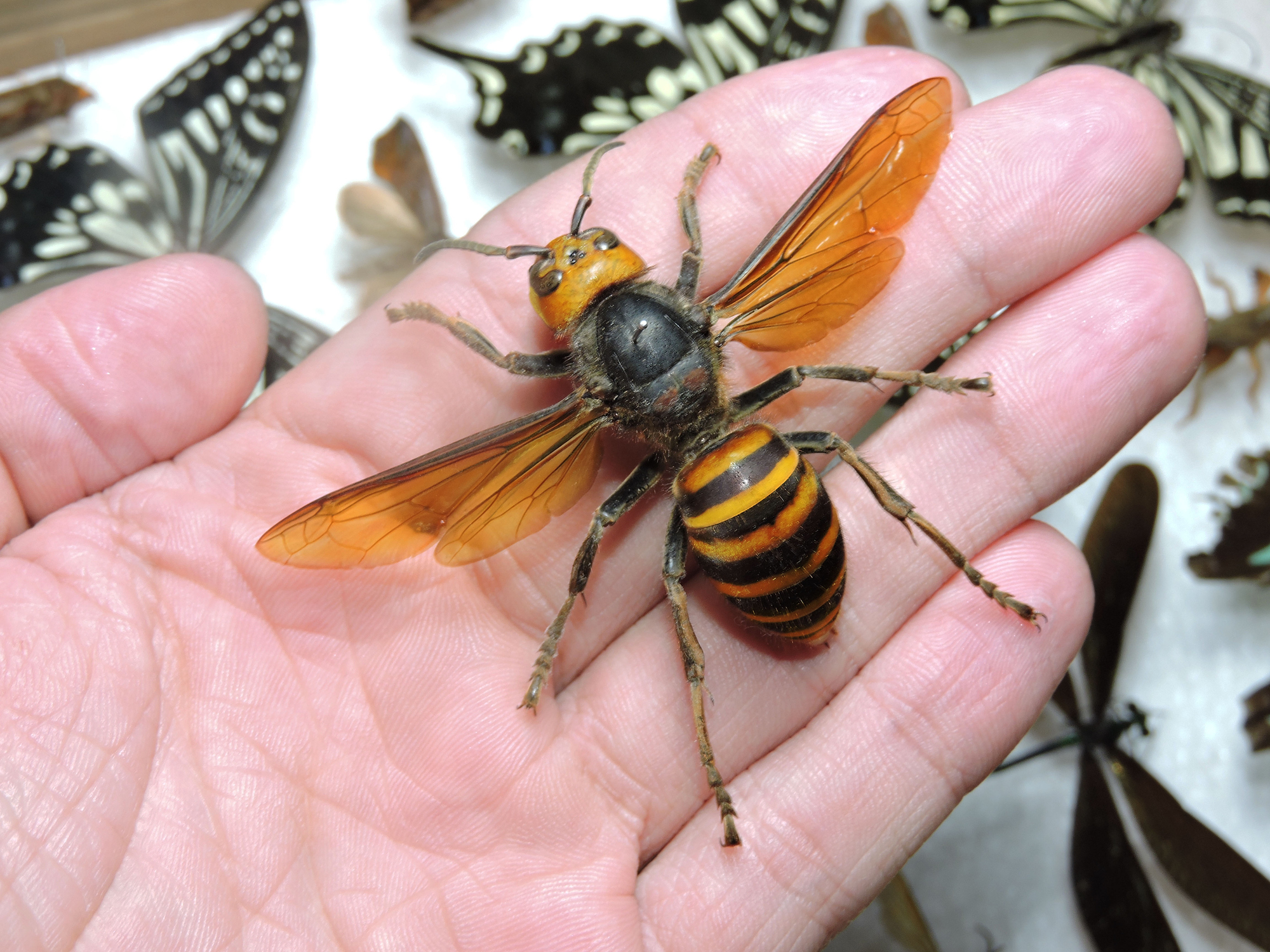Gather round, kids, it is time for our third installation of ‘Did You Know’ … but this time is may actually be educational — certainly more so than informing you that John Madden is still alive but less entertaining than the Barney actor sells orgasms as some sex guru.
As the headline clearly states, scientists now believe that regular bees freak the fvck out when murder hornets are approaching. I mean, they are murder hornets, so perhaps it is with good reason.
Now, to the science:
This study was published by Royal Society Open Science in early November, and found that honey bees will ‘buzz, run, and use loud, unique sounds’ to alert other bees ahead of when murder hornets attack.
It also said that the sounds they make serve as a distinctive distress signal so other bees can prepare. Along with gathering at the entrance, bees will spread dung around the colony entrances in an effort to repel the hornets.
“Workers are constantly communicating with each other, in both good times and in bad,” the study says, “but anti-predator signal exchange is particularly important during dire moments when rallying workers for colony defense is imperative.”
Study author Heather Mattila said that the noise the bees make when the murder hornets arrive are ‘harsh and irregular’, adding that they are similar to that of ‘shrieks, fear screams and panic calls.’
“The pipes share traits in common with a lot of mammalian alarm signals, so as a mammal hearing them, there’s something that is instantly recognizable as communicating danger,” she said in a statement. “It feels like a universal experience.”
“They share information in a way that shows a remarkable ability to respond to changes in their environment in real time. In Asia, hornets are the bees’ worst enemy, so it makes sense that they have evolved special sounds that reflect the type of predatory threat they face at any given moment.”
These fvkcing giant bugs can grow to be between 1.5 to 2 inches long and have large yellow-orange heads and have a 2-inch stinger. Most recently, Washington state agricultural workers found a nest in August, so that is just great that they are coming to America… fvck.
Again, if you want to read more about the fear inducing mother fvckers and what they do to terrorize humans and other bugs, do it here.





